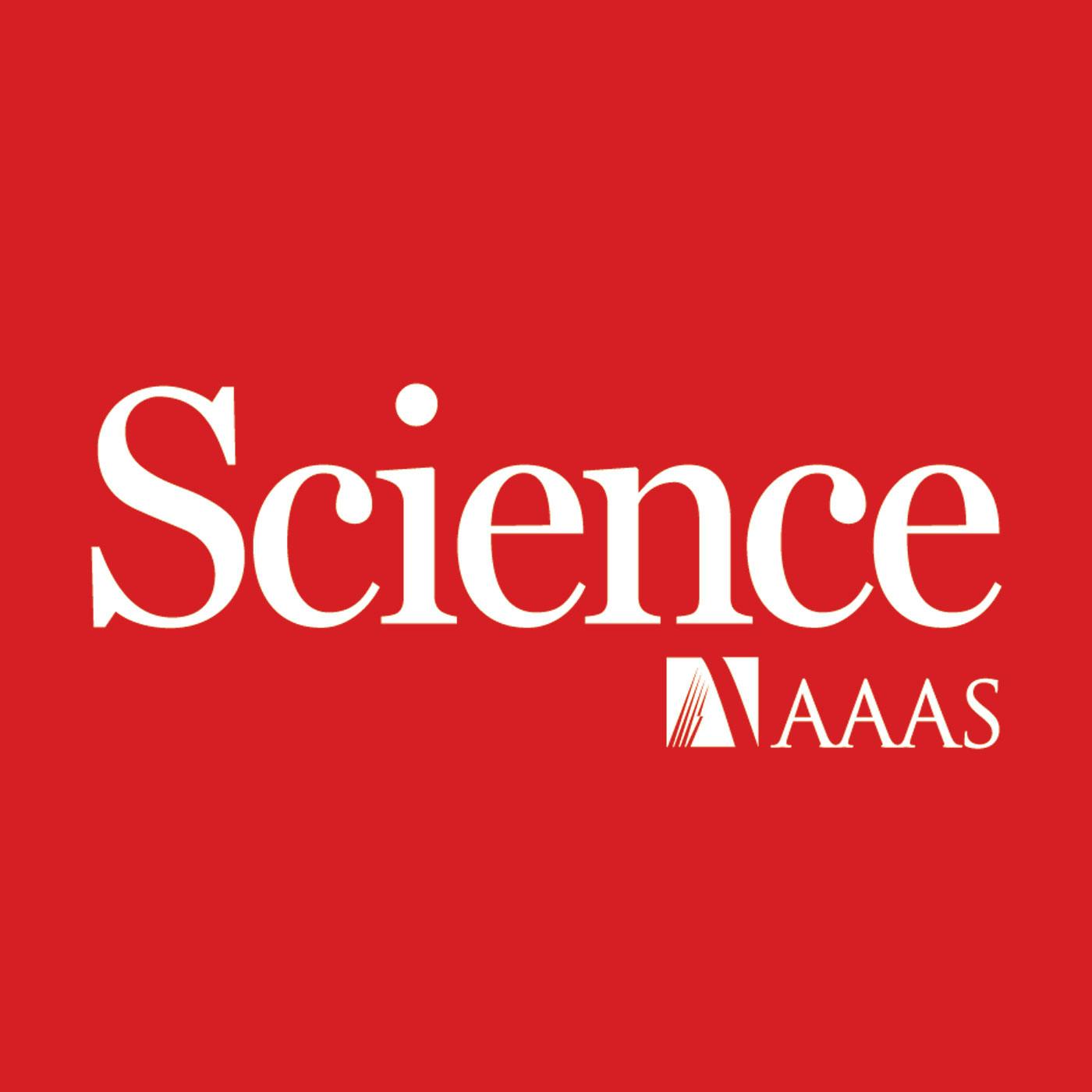Robots that eat other robots, and an ancient hot spot of early human relatives
Description
First up on the podcast, South Africa’s Cradle of Humankind is home to the world’s greatest concentration of ancestral human remains, including our own genus, Homo, Australopithecus, and a more robust hominin called Paranthropus. Proving they were there at the same time is challenging, but new fossil evidence seems to point to coexistence. Producer Kevin McLean discusses what a multihominin landscape might have looked like with Contributing Correspondent Ann Gibbons.
Next on the show, should robots grow and adapt like babies? Host Sarah Crespi talks with roboticist Philippe Wyder about a platform for
exploring this idea. In his Science Advances paper, Wyder and his team demonstrate how simple stick-shaped robots with magnets at either end can join up for more complicated tasks and shed parts to adapt to new ones.
Philippe Wyder was at Columbia University and the University of Washington when he completed this work, and he has now moved on to a company called Distyl AI.
This week’s episode was produced with help from Podigy.
Authors: Sarah Crespi; Kevin McLean; Ann Gibbons
Learn more about your ad choices. Visit megaphone.fm/adchoices
























